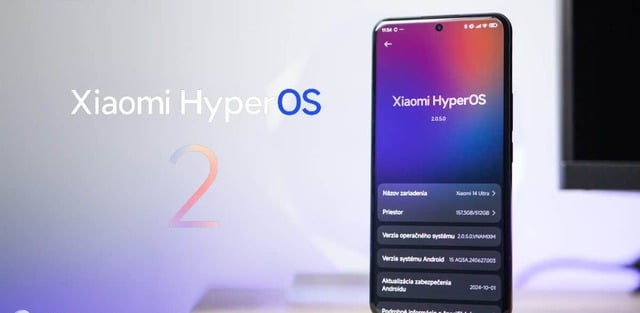According to GizChina , Xiaomi has just created a wave of attention in the technology community when announcing an ambitious extended software support policy for a series of its devices. With a commitment of up to 6 years for some flagship models, this move not only puts Xiaomi in a competitive position with big names like Google and Samsung, but even, in theory, is somewhat superior. However, users need to consider carefully.
Xiaomi surpasses Google, commits to support updates for up to 6 years?
The focus of this new policy is on the premium product lines. Owners of the Xiaomi 15, Xiaomi 15 Ultra, POCO F7 Pro and POCO F7 Ultra can be considered the 'favorites' as the company has committed to software support until March 2031. This means users will enjoy 4 years of major Android OS upgrades and an additional 2 years of security patches. While not many users keep a phone for 6 years, having this guarantee is still worth it, especially if the user intends to sell or pass on the device to someone else.

Xiaomi pledges to support software updates for up to 6 years for its devices
PHOTO: GIZCHINA SCREENSHOT
Interestingly and welcomely, Xiaomi is not only favoring its flagships. Many mid-range and high-end devices such as the Xiaomi 14T Pro (launched in September 2024, supported until September 2029) or Redmi Note 14 Pro 5G (launched in January 2025, supported until January 2029) will also receive up to 5 years of security updates, although not necessarily major Android upgrades. This is an important step forward, bringing more peace of mind to users in this segment. Even low-cost devices such as the POCO M7 Pro 5G or Redmi 14C are favored by Xiaomi with a commitment to full support for 4 years, a huge improvement over the previous '18 months if lucky' policy.
Tablets are no exception. The new Xiaomi Pad 7 and Pad 7 Pro models will be updated until 2028. Overall, Xiaomi’s expansion of its support policy across its entire product portfolio, rather than just its flagship devices, is a positive change. It not only raises the basic standards of the market, but also sets new expectations for users regarding product lifecycles.
However, many users are still skeptical, is this just a marketing 'trick' to attract attention? Making promises is always easy, but deploying OTA (over-the-air) updates consistently, stably and promptly to dozens of different models in many markets is a big challenge.
Source: https://thanhnien.vn/xiaomi-choi-lon-khi-cam-ket-ho-tro-toi-6-nam-185250516102102438.htm























![[Photo] National Assembly Chairman attends the seminar "Building and operating an international financial center and recommendations for Vietnam"](https://vphoto.vietnam.vn/thumb/1200x675/vietnam/resource/IMAGE/2025/7/28/76393436936e457db31ec84433289f72)












































































Comment (0)